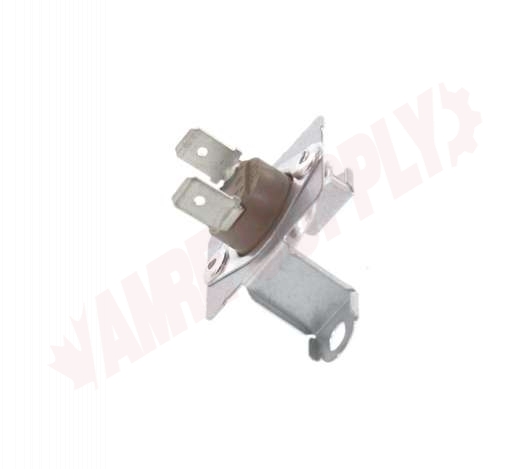

Follow this guide for instructions and other possible reasons why your Whirlpool dryer is not heating. If the dryer is not heating at all, it is most likely because of a fault with the heating element or thermal fuse, which should be tested with a multimeter and replaced if found to be faulty. If your dryer is heating but heating slowly, it is most likely because of a lint blockage. Just contact us to schedule an appointment.Whirlpool makes a range of electric, gas, front-loader, and top-loader dryers. Whether you take the do-it-yourself path or not, we’re available to help with appliance problems that you’d rather not touch.
WHIRLPOOL DRYER THERMAL FUSE PROFESSIONAL
It’s time to call for professional repair. If the fuse blows again, even after you’ve fixed any venting problems, there’s some other problem with the dryer. Replacing those components could save another repair in the near future. If the fuse is blown, other components responsible for heat have probably been stressed.

If you can identify the underlying problem, fix it first. If it shows an infinite amount of resistance, then the fuse is blown. If it shows less than one ohm, the fuse is still working and the problem lies somewhere else. If it still doesn’t run with the re-settable fuse firmly in place, the problem is something else.Īlternatively, you can take the fuse out and test it with a multimeter or continuity tester. That’s not a fix, just a way to test for the real issue causing the fuse to fail, and it’s very dangerous to bypass the fuse for normal operation! The simplest test is to remove the fuse and use a re-settable fuse in it’s place. Thermal fuses don’t look like electrical fuses their appearance varies widely. There’s no shame in giving up if it looks too complicated for your skills. With some models, it’s difficult to get at the fuse.

You can find the parts breakdown for many models online check the diagram for your model to locate the fuse. You’ll have to open up the dryer the location of the thermal fuse will vary between models. If you’re comfortable going into electrical components, you can check the fuse.įirst, of course, unplug the dryer. If the dryer doesn’t have clearance on all sides, or if it’s too close to a furnace, that might be a contributing factor. It’s also possible that the fuse has reached its end of life, or that there’s some other failure in the appliance that’s making it overheat. Make sure that the vent is clean and that it has an unobstructed path. You may have gone too long without a cleaning, or the venting might not be properly set up. If you replace the fuse without fixing the cause, the problem will recur, and it might even cause a fire.Ī common reason is that accumulated lint has clogged the vent. The most important thing is to figure out the reason. Whether you want to replace the fuse yourself or call us for a repair, you should start here.

To tell for sure, you have to open up the dryer, but there are some things you can do first. How do you know if the fuse has blown? Depending on the model, the dryer may stop working completely or it will display an error code. The thermal fuse stops the dryer from operating, tumble and heat included. The thermal fuse is different from the thermal cutoff. It’s necessary to replace it before the dryer will run again. When it blows, the dryer stops generating heat. A thermal fuse will blow when the temperature gets too high, not when it’s drawing too much current. This is different from the electrical fuses that are found in many appliances, and a dryer might have both. All dryers sold in the United States are legally required to have a thermal fuse.


 0 kommentar(er)
0 kommentar(er)
